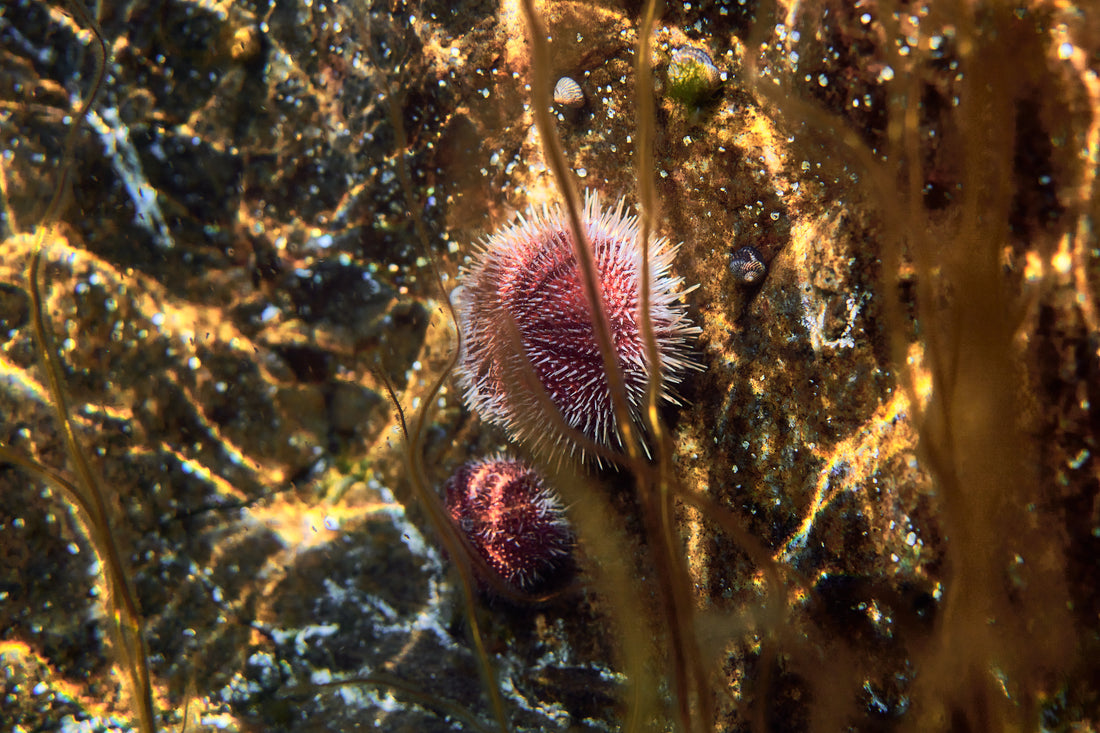
The impact of hungry sea urchins:
Share
Kelp forests may be significantly impacted by sea urchins. They consume kelp and can easily overgraze an area, which reduces kelp density and causes the emergence of "urchin barrens," where kelp is completely eradicated. Scientists in Norway estimate that between 40 and 50 percent of the kelp forest has been destroyed by ravenous sea urchins. Given that kelp forests serve as a vital habitat and source of food for a number of marine animals, this might have a ripple impact on the entire ecosystem. The magnitude of this effect, however, might differ based on the density of urchins as well as other elements including water temperature and the presence of predators that control urchin numbers.
There are several ways that kelp forests might help the climate. Their capacity to trap carbon from the atmosphere is one of the most important. Through photosynthesis, kelp and other species of seaweed can take in vast amounts of carbon and store it for long periods of time before dying and sinking to the ocean floor. By lowering the atmospheric concentration of carbon, this can aid in lessening the consequences of climate change.
Kelp forests can also offer a variety of additional ecosystem services that can lessen the effects of climate change. For instance, they can assist stabilize shorelines and prevent coastal erosion, they can provide habitat and food for a range of marine species, and they can improve water quality by filtering pollutants and lowering the concentration of excess nutrients in the water.
The local climate can also be influenced by kelp forests. They develop a microclimate that is moister and colder than the ambient air. Additionally, they absorb and reflect sunlight, which may have an impact on how much light reaches the seafloor. This may have an impact on the water's temperature and other environmental factors, which in turn may have an effect on the ecosystem's biodiversity and production.
When we are diving, we frequently pass by places where we can see the kelp forest's decline. However, in the regions where we have taken a significant volume of sea urchins, we can also see the reforestation of the kelp forest.
